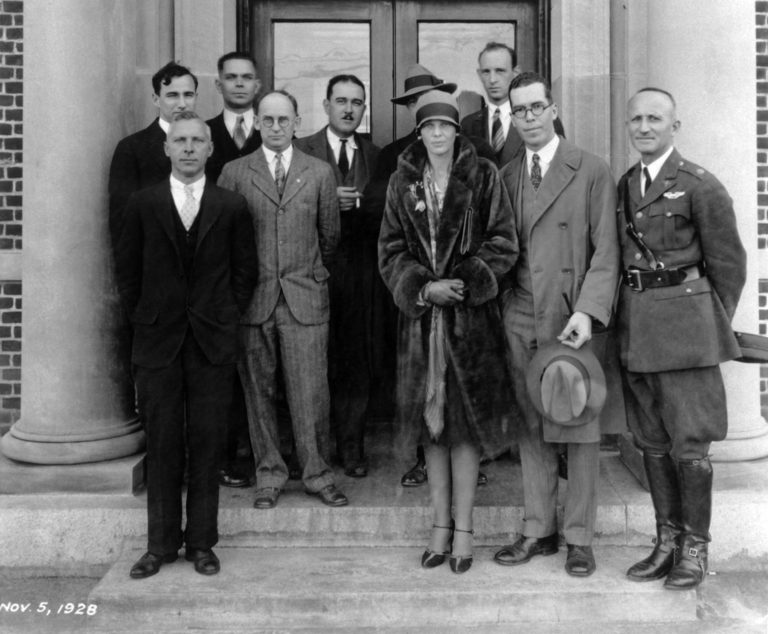SpaceX的龙飞船发射到空间站
A SpaceX Dragon cargo spacecraft lifted off on its way to the International Space Station after launching at 11:50 p.m. EST Friday, March 6. The spacecraft launched on a Falcon 9 rocket from Space Launch Complex 40 at Cape Canaveral Air Force Station in Florida and arrived at the orbital outpost on Monday, March 9. Dragon joins three other spacecraft currently at the station. NASA astronauts Jessica Meir and Andrew Morgan grappled Dragon, which is scheduled to remain at the space station until April 9, when the spacecraft will return to Earth with research and cargo. Dragon was successfully berthed to the Node 2 Nadir port. Image Credit: NASA/KSC 美国东部时间3月6日晚11点50分,SpaceX公司的“龙”货运飞船发射升空,前往国际空间站。飞船由猎鹰9号火箭从佛罗里达州卡纳维拉尔角空军基地的航天发射场40号发射升空,于3月9日星期一抵达国际空间站。 龙飞船加入了目前在空间站的另外三艘飞船。NASA的宇航员杰西卡·梅尔和安德鲁·摩根捕获了龙飞船。按计划,龙飞船至4月9号都将停留在空间站,届时龙飞船将带着研究和货物返回地球。龙飞船成功停泊在Node 2 Nadir端口上。 图片来源:NASA / KSC










